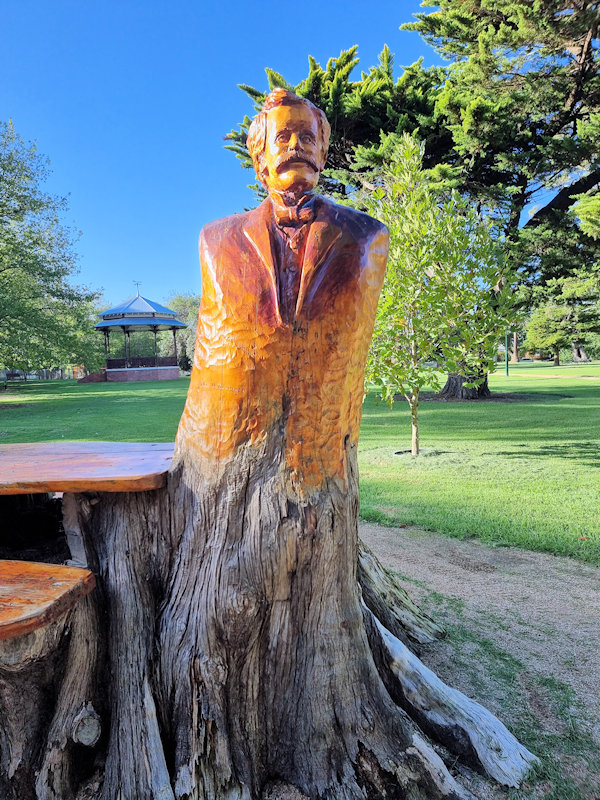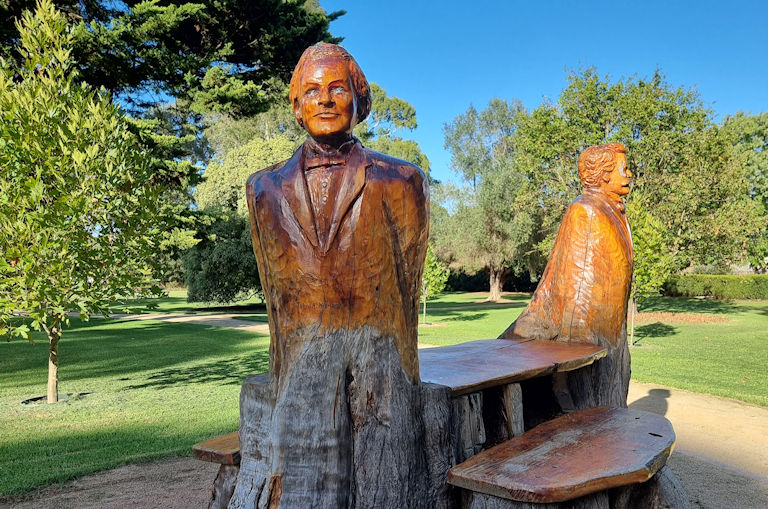Victoria Park Sale Victoria
Victoria Park is a prominent historic green space located in the heart of Sale, in Victoria, Australia. While today it is a place for relaxation and recreation, Victoria Park has deep historical roots that reflect Sale’s growth from a frontier settlement into a modern regional hub.
Origins and Naming
Victoria Park was originally known as Market Square. In the 19th century, this central area served as a hub for community gatherings and commerce. As the town developed and the need for a more formal civic space grew, the site underwent transformation. It was eventually renamed in honour of Queen Victoria, reflecting the widespread colonial tradition of dedicating important public spaces to the reigning monarch. The renaming also marked the town’s aspirations to modern civic development and cultural refinement.
By the late 1800s, Victoria Park began evolving from an open commercial square into a landscaped recreational park. This transformation mirrored broader urban trends across Australia at the time, where townships sought to create formal parks both for beautification and as symbols of civic pride.
Historical Features
One of the park’s most recognisable historical features is the pair of water towers. The large red-brick tower was constructed in 1887 as part of Sale’s first municipal water supply system, designed by engineer John Grainger. Grainger’s design was crucial to improving public health and sanitation in the growing town. The brick tower served as a symbol of Sale’s progress and engineering capability during the Victorian era.
In 1922, a second, smaller concrete water tower was added to improve water pressure and expand the system. Though both towers are no longer in operation, they remain as preserved landmarks within the park, providing a glimpse into the region’s early infrastructure.
Another key feature is the ornate bandstand rotunda, originally built in 1913 to commemorate the Jubilee of Sale. It served as a venue for public music performances and civic ceremonies. While the structure was dismantled in 1976 due to deterioration, it was faithfully reconstructed between 1980 and 1983, using historical records and photographs.
Sculpture and Interpretation
Victoria Park also incorporates public art that pays tribute to key figures in Sale’s history. A particularly notable sculpture is the wooden carving of John Grainger and John Niemann. Grainger, as noted, was the engineer behind the town’s early water reticulation system. Niemann played a pivotal role in identifying and exploiting artesian water sources that were critical for sustaining the community.




For other places to visit in Victoria click here

Leave a Reply